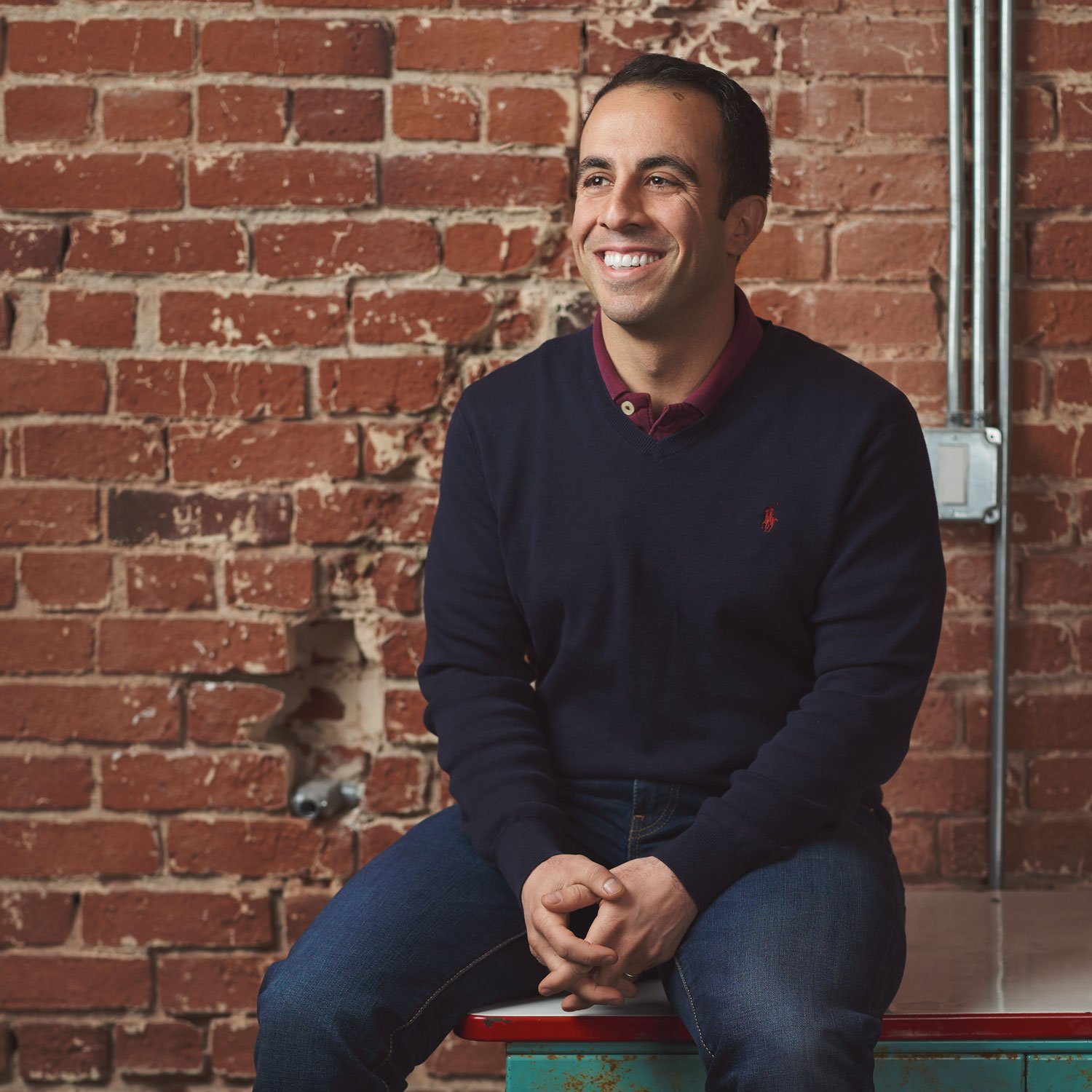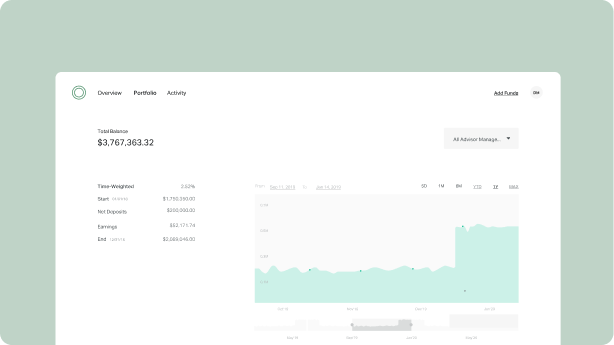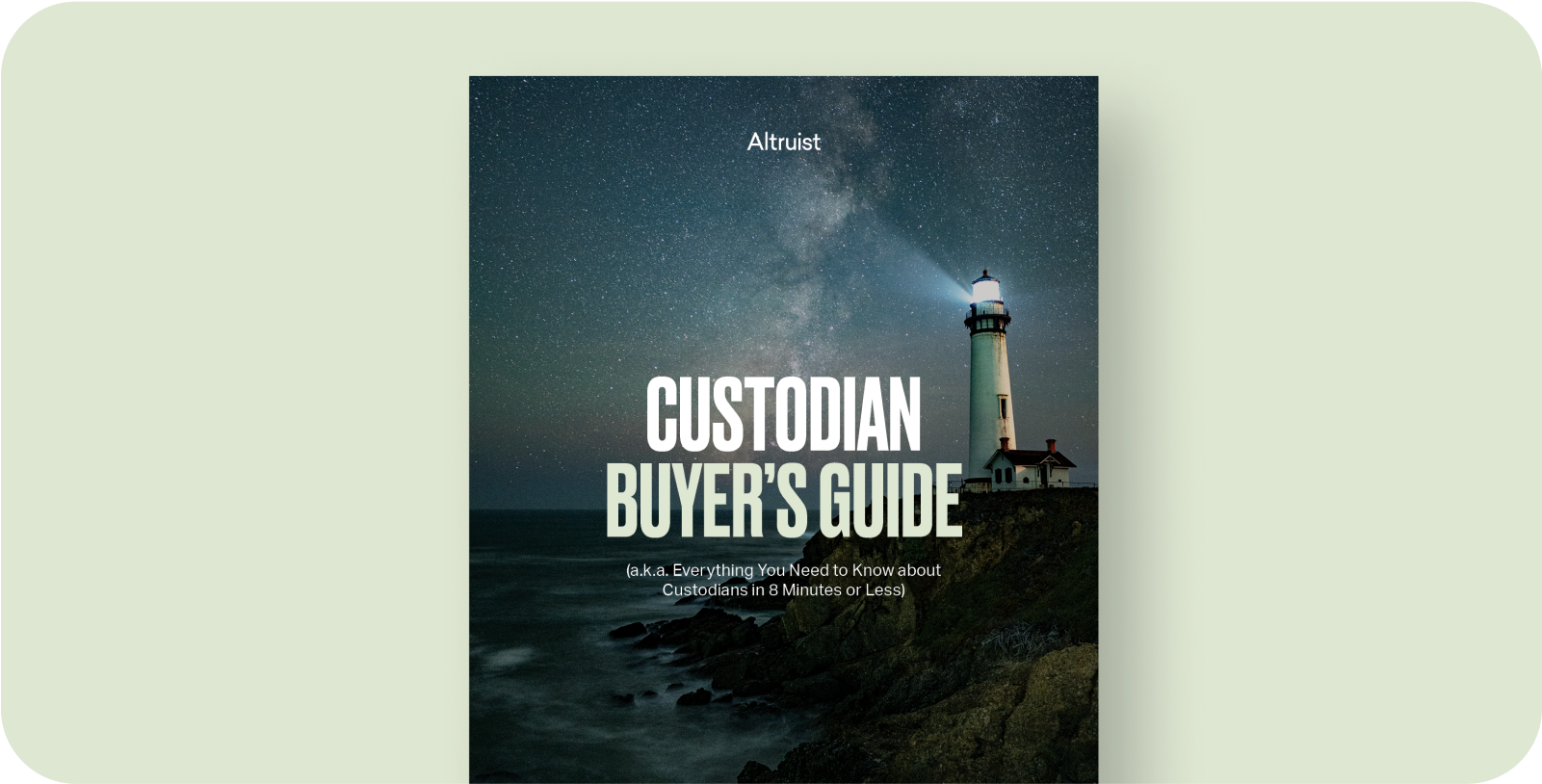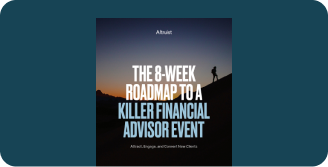Why I became a financial advisor and why I had to get out.
Mazi Bahadori is the CCO and VP of Securities at Altruist. He’s responsible for ensuring everything we do is in the best interest of our clients.
Graduating from law school at 25 with a JD/MBA and having spent time working at places like the White House, Congress, and Goldman Sachs, I was waiting for the job offers to roll in so I could have my pick of which six-figure gig I wanted. Unfortunately, I graduated in 2009 — and the pickings were slim with unemployment at 10%.
 Mazi Bahadori
Mazi Bahadori
Anxiety set in as I received my first student loan statement and still no job. With a balance of $215,000, I owed $1,700 a month for the next 20 years (a decent mortgage in most parts of the country). I needed something, and fast.
Through a friend, I learned Morgan Stanley Smith Barney was hiring associates for its Financial Advisor program. I quickly applied and was accepted soon after.
The Pay
The pay structure was simple. You got a base salary of $40,000 a year. Over the next 24 months, that salary drops to minimum wage. If you’re successful at bringing in clients, you take a cut of the business you generate for the firm and that becomes your salary. If you don’t, you’re out of a job.
As a financial advisor there are basically two ways to make money:
First, you can charge your clients a fee to manage their money. This is called “fee-only”. For example, I convinced my dentist to become one of my first clients. She opened an account with $15,000 and I charged her 1% to manage her investments. Of that fee, Morgan Stanley kept 0.65%, and I was credited with 0.35%.
Second, you can earn commissions on what your clients buy and sell. This is called “commission based”. If my client trades a lot, I could make several bucks on each trade. If they buy insurance or annuities, I’d get a nice check each month when they make their premium payments. Of the commissions I generated, Morgan Stanley kept 50–60%, depending on the product, and I’d be credited with the rest.
It might seem like different ways to do the same thing, but it’s not. The two couldn’t be further apart for one simple reason: as a fee-only advisor, you are legally required to put your client’s interests first. As a commission based advisor, you’re not.
The Training
Now that I understood how I’d be making money, I was ready to learn everything about the world of money management. I was expecting coursework on modern portfolio theory and risk management but couldn’t be more wrong. I was given a couple weeks to pass a few regulatory licensing exams, and then I’d head off to New York for sales training.

There would be no lessons on how to navigate volatile markets or how to best fit an investor with an appropriate portfolio.
Instead, the sole focus of the program was to teach us how to sell a financial product. Stocks, bonds, ETFs, mutual funds, annuities, life insurance plans — it didn’t matter what it was. All you needed to know was how to pitch to a client and how you made money from the sale.
The program ended with a video recorded sales meeting. I was given a client profile and had to put a financial plan together to present to the client to close the deal. They hired actors to play different clients and recorded us so we could see what we could have done better.
After my sales pitch, I got dinged a few points in my assessment because I missed an opportunity to sell a variable annuity to the client (never mind the fact that variable annuities aren’t ideal for most people and that financial advisors make a fortune on commissions when they sell them).
Training wrapped up, our class of 105 eager financial advisors parted ways, and we set out to make our mark.
The Reality
I felt like I was ready to conquer the world (or at least sell it). I made a list of everyone I knew with money. After 5 minutes I quickly realized I really didn’t know many wealthy people. My parents didn’t have any money. Neither did their friends. Some of my friends were making money but didn’t have any to invest. At that moment I wished I had attended a few more of those “networking” events with school alumni that I constantly ignored.
Anxiety started to set in again as I began to do the math.
If I wanted to simply maintain my $40k a year salary, I needed to bring in $11.5 million of client assets and charge 1% (and I’d only get to keep 0.35% of that!). But with a $1,700 monthly student loan payment, $40k a year wasn’t going to cut it for long. To get closer to a $70–80k salary, I’d have to come up with more than $22 million.
How the hell was I supposed to do that?

I did what they trained us to do and hit the phones. I called everyone. Everyone and their mom. Out of every 50 people I called, one would actually take a meeting with me. Out of every 3 meetings, one would give me money. It was tiring. And it didn’t feel like I was doing real work. I felt like a telemarketer.
But then I started to get lucky.
Some of my clients led to new and bigger leads. Within several months, my average new account size moved from $10k to $150k. I even landed my first “whale” (in my eyes — certainly not a “whale” by industry standards) who actually trusted me with $500k to manage!
By my first anniversary at the company, I somehow found 95 people to give me a total of $13 million. I couldn’t believe it. But I also felt exhausted. I’m an introvert and in the early days, this is largely a sales job. Being “on” all the time, surveying every room for possible leads, always looking for the next account were things I wasn’t cut out to do every day. I did these things, and did them well, but knew my time was limited.
Looking around I saw plenty of gray-haired advisors doing good work for their clients. And they weren’t on the phone constantly finding new leads. But it looked like it would take years to get there and that prospect had little appeal to me.
The Learning
After about a year and a half, I left Morgan Stanley. I stayed in finance but started doing legal and regulatory work. My time as a financial advisor was one of the most educational jobs I’ve ever had. I learned how to sell, how to manage my own money, who not to trust when it comes to money, and how people make mistakes with their finances.

The last part proved to me that good financial advisors are critical. By good, I mean the fee-only advisors that put their clients’ interests first. These advisors aren’t looking to squeeze their clients for every penny. Instead, they’re protecting their client’s money by keeping emotion and nerves out of the process. They’re helping them understand fees, expenses, returns, retirement, and college savings.
Most people aren’t good at managing their investments not because they can’t learn how, but because they’re too busy with their jobs and lives to bother. But a financial advisor that puts the client first can help alleviate that burden and distraction for the client.
Unfortunately, some financial advisors (i.e. commission based) give others a bad rap. I learned to stay away from them.
Why I joined Altruist
A great financial advisor is worth her fee. The money she’ll charge her clients will more than pay for itself considering the value she can add, the mistakes she can help avoid, and the peace of mind she can provide. I saw that firsthand.
I also saw the hurdles and obstacles advisors go through just to deliver basic financial advice to their clients. These obstacles translate into costs that often get passed on to the client. It’s an expensive business but it doesn’t need to be. Wall Street firms take a large cut because they can, advisors get squeezed, and oftentimes clients suffer.
With Altruist, we’re breathing new air into this space. For fee-only financial advisors that put their client interests first, we’re making things simple:
Let us worry about everything else so you can focus on the only thing that matters — your clients.
Altruist is the first fully-integrated digital brokerage platform for fiduciary financial advisors. No commissions, no software fees, and no biases. Subscribe for product updates below.









